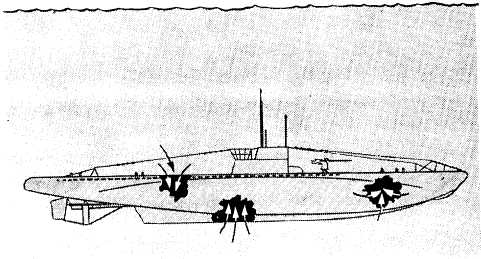Figure 9-3.-Fluids exert pressure in all directions.
CALCULATING PRESSURE
To calculate pressure, divide the force by the area
on which you apply force. Use the following formula:
or
To understand this idea, follow this problem. A fresh
water holding tank aboard a ship is 10 feet long, 6 feet
wide, and 4 feet deep. Therefore, it holds 10 x 6 x 4, or
240, cubic feet of water. Each cubic foot of water weighs
about 62.5 pounds. The total force outside the tank’s
bottom is equal to the weight of the water: 240 x 62.5,
or 15,000 pounds. What is the pressure on the bottom of
the tank? Since the weight is even on the bottom, you
apply the formula P = f and substitute the proper
values for F and A. In this case, F= 15,000 pounds; the
area of the bottom in square inches is 10 x 6 x 144, since
144 square inches = 1 square foot.
P =
15,000
1 0 x 6 x 1 4 4
Now work out the idea in reverse. You live at the
bottom of the great sea of air that surrounds the earth.
Because the air has weight—gravity pulls on the air
too—the air exerts a force on every object that it
surrounds. Near sea level that force on an area of 1
square inch is roughly 15 pounds. Thus, the air-pressure
at sea level is about 15 psi. The pressure gets less and
less as you go up to higher altitudes.
With your finger, mark out an area of 1 square
foot on your chest. What is the total force pushing on
your chest? Again use the formula P = f. Now sub-
stitute 15 psi for P and 144 square inches for A. Then,
F = 144 x 15, or 2,160 pounds. The force on your chest
is 2,160 pounds per square foot-more than a ton
pushing against an area of 1 square foot. If no air were
inside your chest to push outward with the same
pressure, you’d be flatter than a bride’s biscuit.
MEASURING FLUID
PRESSURE
All fluids-both liquids and gases—exert pressure.
A fluid at rest exerts equal pressure in all directions. As
shown in figure 9-3, water will push through a hole in a
submarine, whether it is in the top, the bottom, or in one
of the sides.
Many jobs aboard ship will require you to know the
pressure exerted by a gas or a liquid. For example,
knowing the steam pressure inside a boiler is always
important. You can use three different gauges to find the
pressure of fluids: Bourdon gauge, Schrader gauge, and
diaphragm gauge.
9-3

